STORIES
From subsistence to industry: how cassava production can thrive in coastal Kenya
GoBlue project aims to help Kenyan communities maximize the production and export of cassava, a staple food in the local diet, by shortening the food supply chain and establishing more accessible transformation centers.
Kenya
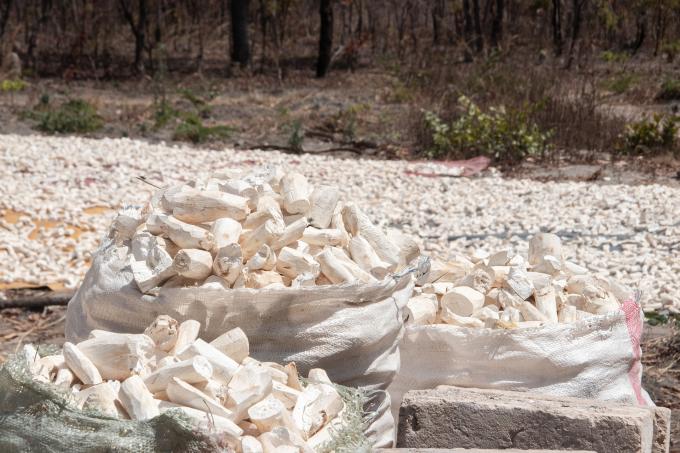
A staple food in the diet of the communities that inhabit Kenya's semi-arid and coastal regions, cassava needs processing centers to be transformed into flour or a dried product. For the Kifili and Kwale communities near Mombasa, this center is currently under construction and too far away, considering the need for more vehicles for optimal transport of large quantities of product from where the collection occurs.
For this reason, local farmers have limited themselves to producing quantities of products strictly necessary for their livelihood rather than that of the entire community. The high perishability of cassava then poses the need for a short food supply chain and small processing plants close to each other, distributed throughout the territory.
The high perishability of cassava poses the need for a short food supply chain.
This model involves decentralizing the original single large center used to transform cassava into various smaller centers closer to the collection areas and better distributed throughout the territory, thus overcoming the problems connected to transport and high food perishability. A model that has already been positively welcomed by numerous groups of farmers and traders in the area, who in turn will be able to replicate it in their respective areas of interest.
This model involves decentralizing the original single large center used to transform cassava into various smaller centers.
"The Kenyan ecosystem offers many alternatives, and we must learn to harness its full potential. The partnership created with GoBlue aims to produce progress in our Blue economy agenda, exploiting the possibilities of coastal centers for the creation of sustainable, inclusive economic growth capable of having effects on employment," commented the future director of the Kifili center.
A processing center has already been set up in Kwale, while construction of the center is underway in Kilifi. The communities in Kilifi have already grown over 300 hectares of cassava and are enthusiastic about the support they're receiving. Meanwhile, the communities benefit from training activities on scalar harvesting and optimal management of the Cassava production system. They are acquiring the necessary skills for the autonomous management of the transformation center through an open and participatory approach.
The small centers, created as part of the initiative, will have fast and easily manageable machines in full autonomy by the local community of reference, even once the project is concluded. This will help make local communities independent and ready to enter, at a macro-regional level, into a broader export market. In this way, over time, cassava will gain an essential role in the diet of local populations, who will no longer be limited to family production of the same but to a broader one, in constant development and destined to be marketed beyond national borders.
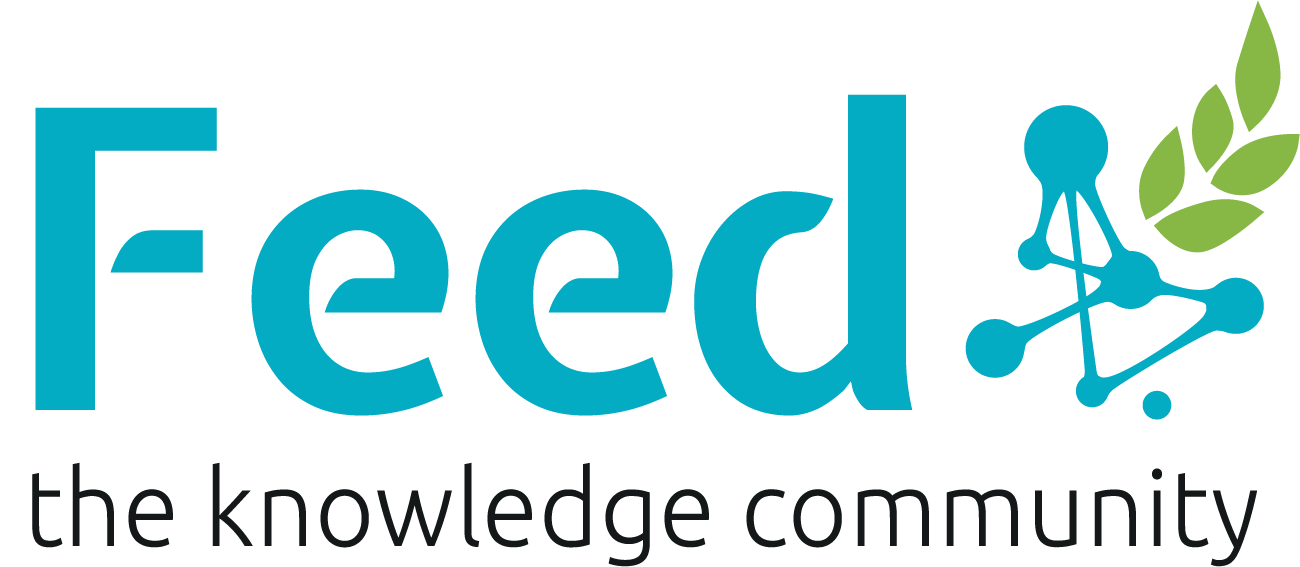
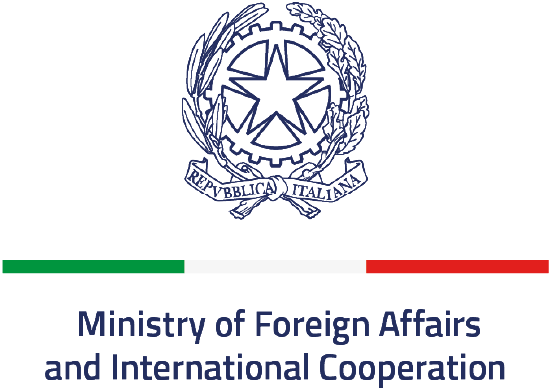
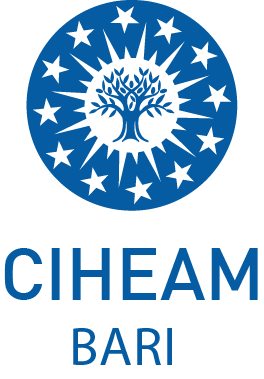


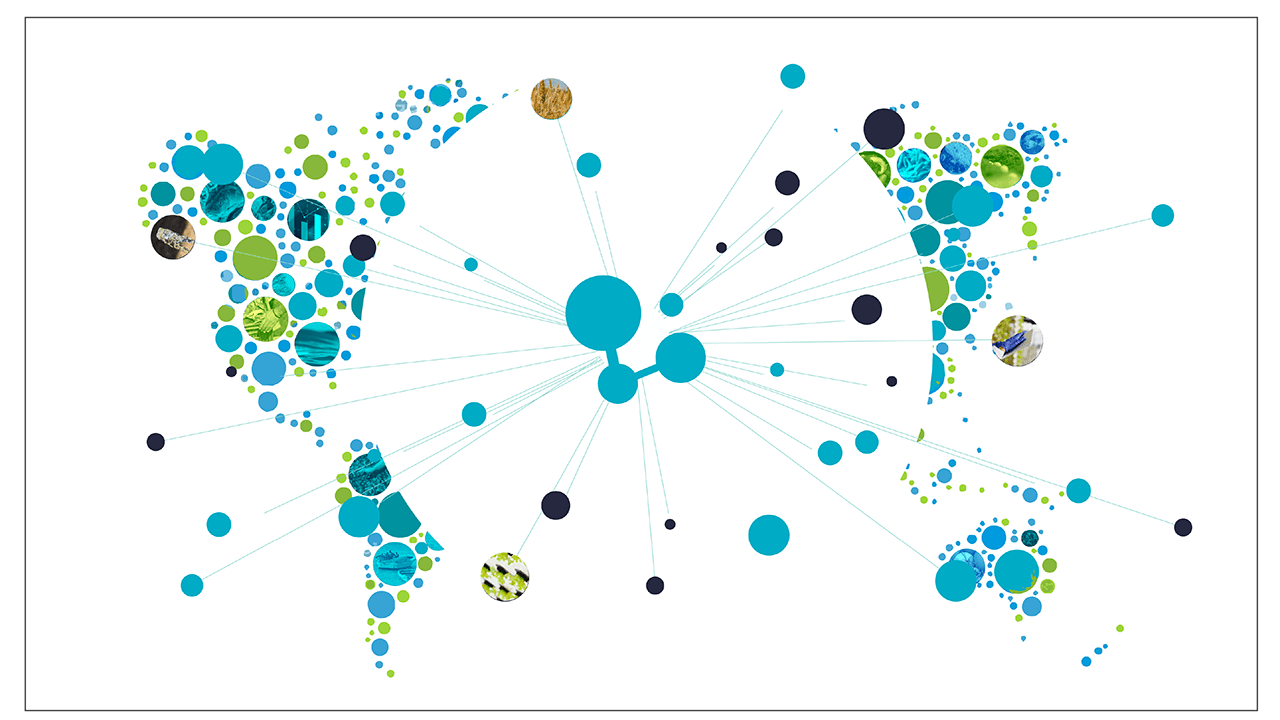
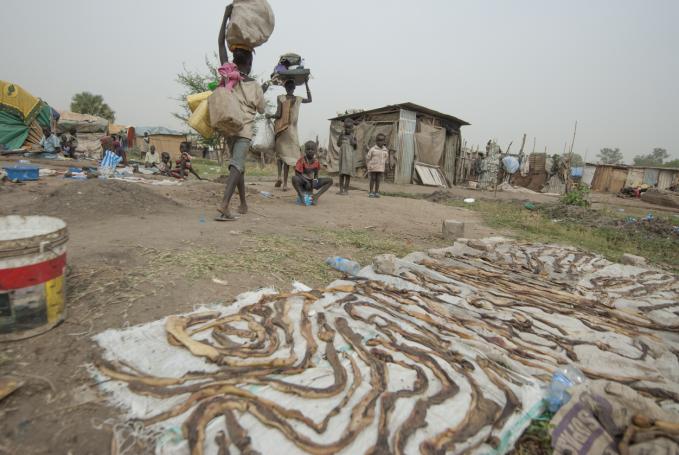
.png)